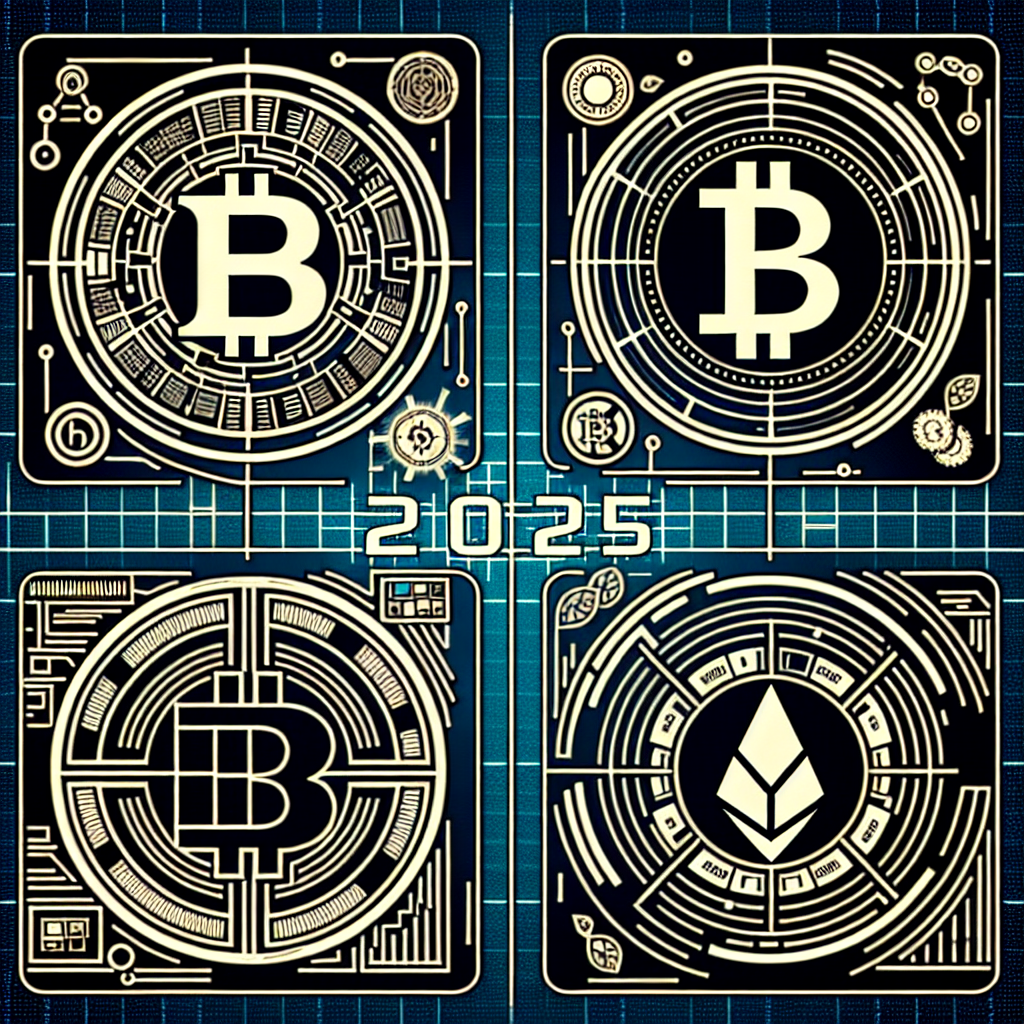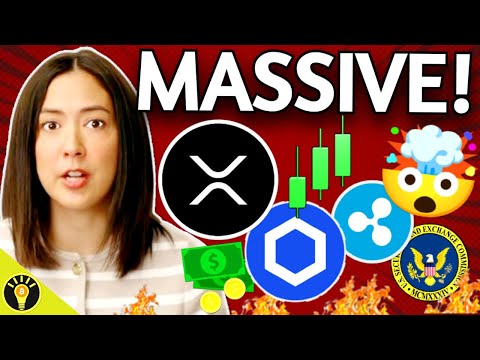The XRP Ledger is taking center stage as the United Arab Emirates (UAE) launches an ambitious $16 billion real estate tokenization initiative—heralding a new era for both blockchain and XRP.
The digital assets landscape is evolving rapidly, and the UAE's decision to tokenize real estate on the XRP Ledger is a powerful testament to blockchain technology’s transformative potential. This move goes beyond headlines—it signifies a fundamental shift in global property ownership and investment, positioning XRP at the core of a significant, real-world application.
UAE’s Blockchain Real Estate Revolution and the XRP Ledger
Dubai's new Prypco Mint platform, built on the XRP Ledger, aims to bring $16 billion in property assets onto the blockchain by 2033. Investors will be able to purchase fractionalized real estate stakes for as little as 2,000 dirhams (approximately $540 USD). The deliberate selection of the XRP Ledger underscores its efficiency, scalability, and industry credibility.
Why XRP Stands Out
XRP's Strategic Advantages in Real Estate Tokenization
XRP is known for its rapid transaction speeds and low energy consumption. The UAE’s initiative highlights these strengths, bringing several key advantages:
Real-World Utility: The XRP Ledger can process up to 1,500 transactions per second, making it ideal for high-value applications like real estate tokenization.
Institutional Trust: Ripple, the company behind XRP, maintains partnerships with banks and governments globally, cementing XRP’s role as a trusted bridge for regulated blockchain ventures.
Market Resilience: Despite recent volatility, on-chain data such as the Network Value to Transactions (NVT) Ratio suggests long-term holders are accumulating XRP—a promising indicator for future growth. Currently, XRP is trading at $2.30, with key support at $2.27 and potential upside to $2.56 if bullish momentum continues.
XRP in the New Age of Tokenized Assets
By integrating real-world assets such as real estate onto the XRP Ledger, this initiative paves the way for enhanced transparency, accessibility, and transaction efficiency:
Enhanced Transparency: Blockchain records are immutable, reducing fraud risks and fostering trust.
Greater Accessibility: Fractional ownership allows more retail investors to participate in property markets.
Efficient Transactions: Near-instant settlements benefit both buyers and sellers in real estate deals.
This development signals a broader trend of institutional and government confidence in scalable networks like XRP.
Comparing XRP with Other Leading Altcoins
While innovative projects like Dawgz AI ($DAGZ) focus on AI-driven trading and meme culture, and Solana excels in developer-centric DeFi scalability, XRP’s utility stands out in regulated financial operations and now asset tokenization:
Dawgz AI ($DAGZ): Caters to retail investors with AI-powered trading and meme-driven communities.
Solana: Focuses on fast transaction processing for decentralized apps.
XRP: Functions as an institutional backbone for regulated finance, now advancing into asset tokenization. The UAE’s endorsement marks XRP as a preferred choice for government and enterprise integration.
Key Takeaways for XRP Enthusiasts
The $16 billion UAE real estate initiative reinforces the XRP Ledger’s importance in major asset tokenization projects. Its speed, security, and institutional backing set it apart in an increasingly competitive landscape. Adoption by governments serves as a strong validator for XRP’s long-term value proposition.
The Road Ahead for XRP and Blockchain Integration
As blockchain gains ground in institutional sectors—evident in platforms like UAE’s real estate tokenization—XRP emerges as a foundational pillar for future finance. Its proven utility and global acceptance make it a compelling choice for investors seeking cryptocurrencies with tangible, real-world traction.
For those watching the intersection of blockchain innovation and institutional adoption, following XRP’s journey is more important than ever. The next evolution of crypto is underway—with XRP leading this transformative wave.
For deeper insights on this development, see the original article at Disrupt Africa.










Leave a Comment